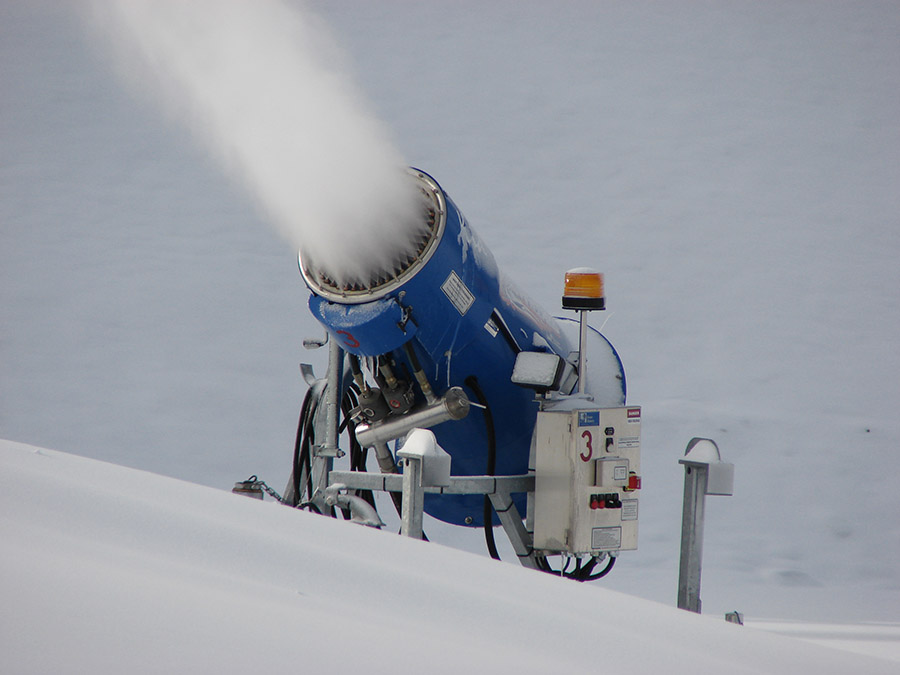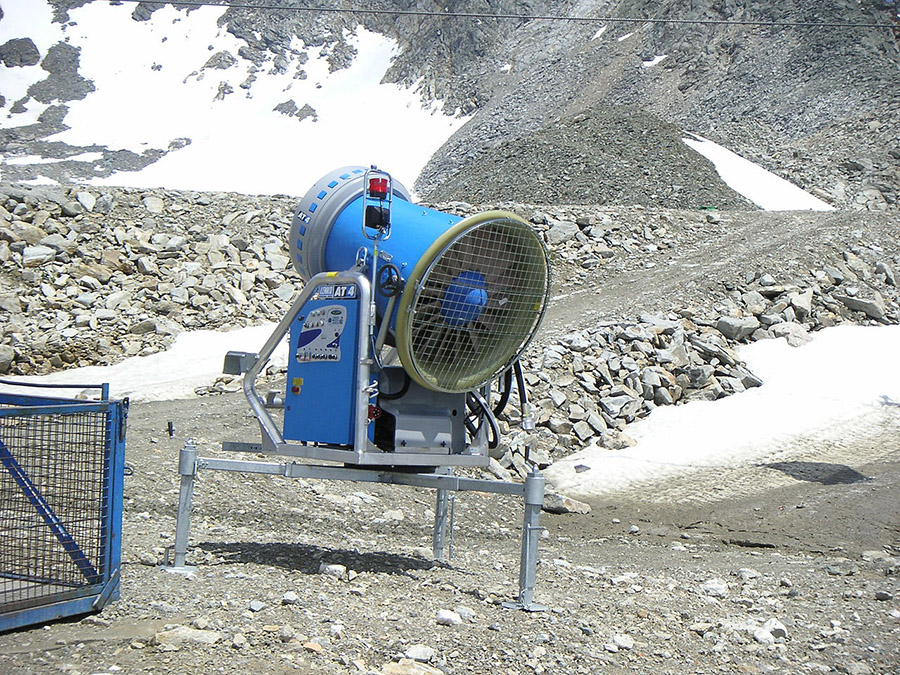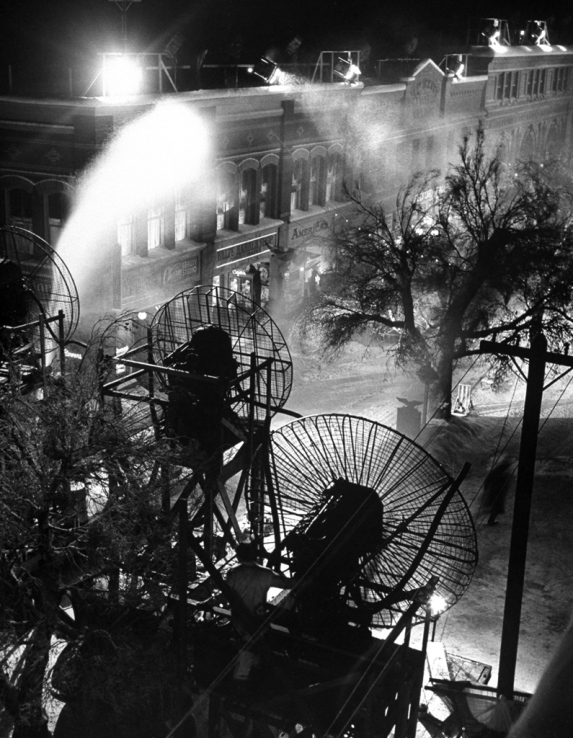 [Image: A 17th-century engraving by Abraham Bosse, scanned from the excellent Architectural Representation and the Perspective Hinge by Alberto Pérez-Gómez and Louise Pelletier].
[Image: A 17th-century engraving by Abraham Bosse, scanned from the excellent Architectural Representation and the Perspective Hinge by Alberto Pérez-Gómez and Louise Pelletier].
Thanks to airborne ice crystals reflecting street lights into the sky—an effect known as light pillars—the small Finnish village of Kauttua was greeted with an astral image of itself, as seen in a photo that made the rounds earlier this week. The town’s night-lit streets and buildings became uncanny constellations: the village as self-reflecting planetarium.
“How is that possible?” asks a helpful blog post by Fiona MacDonald. “When the temperature gets close to freezing,” she writes, “flat, hexagonal ice crystals can form in the air—not just up high, but also close to the ground. When this happens, these crystals essentially form a collective, giant mirror that can reflect a light source—such as a streetlight—back to the ground.” They are like ladders of light, or perhaps optical arrow chains, pulling images of our world up to space.
While the effect is already amazing, it’s worth noting that Kauttua is also the site of an ongoing search for an Iron Age village buried beneath the existing streets and property lines.
“The oldest archive source, a cadastral map from the year 1696, presents a homestead of 10 houses by the bridge leading across Eurajoki River,” we read over at Day of Archaeology. “A later cadastral map from 1790 presents large holdings of one farm at the same site and around it.” Today, however, there is little more than one surviving building, “an area of black soil” next to it, and “two light lines, presumably the earlier roads,” revealed in aerial photographs taken in 2008.
While there is obviously no connection between a lost Iron Age village and the ghostly street map that appeared in the sky over Kauttua last week, there is nonetheless something quite striking about the idea of a small village in the far north poised between two versions of itself: an underground web of old buildings and streets, now turned to black soil beneath the wheat fields, and this perfect, far more ethereal version, hovering there in a crystallography of light.
It’s almost as if a strange and other-worldly calendar exists, where, every summer, the town turns downward, scraping through soil and rock to uncover what it used to be, and then, each winter, it turns its eyes to the skies to see an inverted cartography, like some municipal zodiac, of its thriving streets.
(Thanks to Finnish novelist Hannu Rajaniemi, who first pointed this out to me on Twitter. “In Finland,” he wrote, “we make city maps in the sky out of light and snow crystals.”)

 [Image: Snow-making equipment via
[Image: Snow-making equipment via  [Image: Snow-making equipment via
[Image: Snow-making equipment via  [Image: Ski jumping in summer at Chicago’s Soldier Field (1954); via
[Image: Ski jumping in summer at Chicago’s Soldier Field (1954); via  [Image: Making snow for It’s A Wonderful Life, via
[Image: Making snow for It’s A Wonderful Life, via